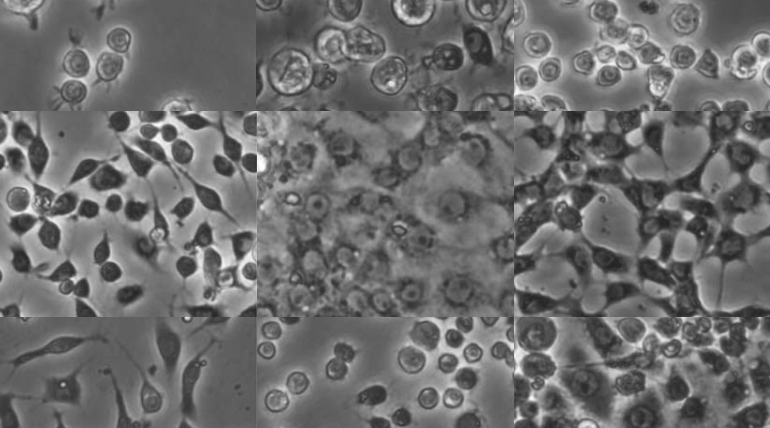Understanding the mechanisms that regulate coordinated growth in the body and the remarkable parallels between species allows scientists to create a universal model for morphological scaling.


Understanding the mechanisms that regulate coordinated growth in the body and the remarkable parallels between species allows scientists to create a universal model for morphological scaling.

Identifying the critical questions regarding long distance regressive signaling and how they are important for understanding nervous system development and pathogenesis in neurodegeneration.

Through veiled mirrors: Fish fins help researchers understand relative growth and proportion in developmental biology.

Studying the links between cilia and signaling pathways sheds light on our understanding of nervous system development.

Studying genes that orchestrate early brainstem development has increased our understanding of breathing control and associated disorders.
Current knowledge of the factors that control the regulation and release of insulin and glucagon in Drosophila.
Brain organoids model normal human brain development and can be used to answer questions related to development, evolution, and disease.
Fruit flies are ideal for modeling complex genotypes and phenotypes and have significant potential in drug screening.

Brain tumors are among the leading causes of cancer‐related deaths, exhibiting poor prognoses with little improvement in outcomes over the past several decades.

Challenges and opportunities to improve the state of Drosophila cell cultures.